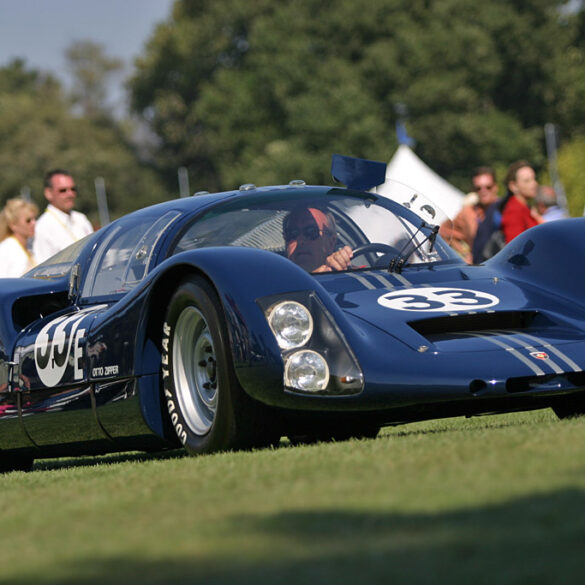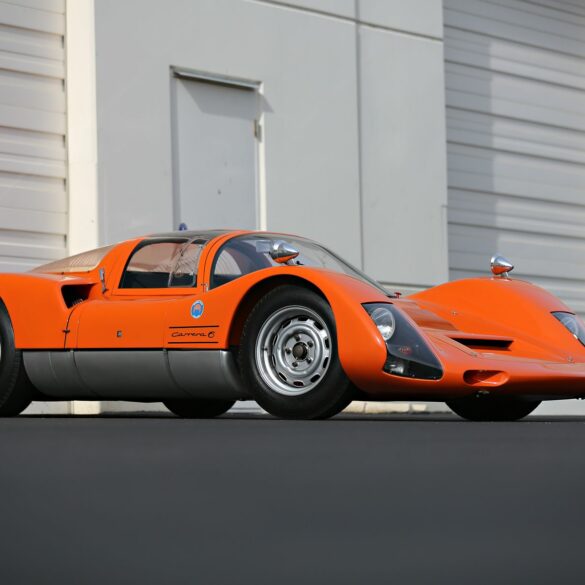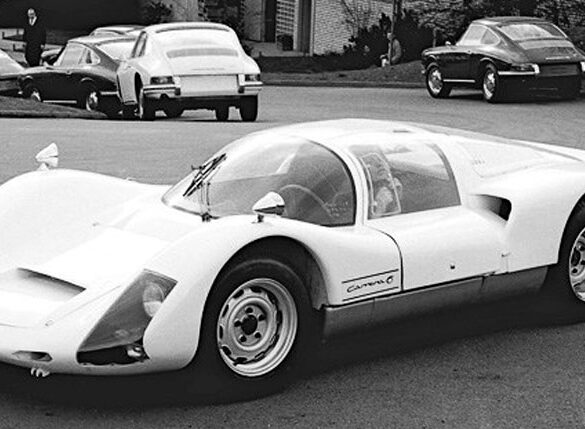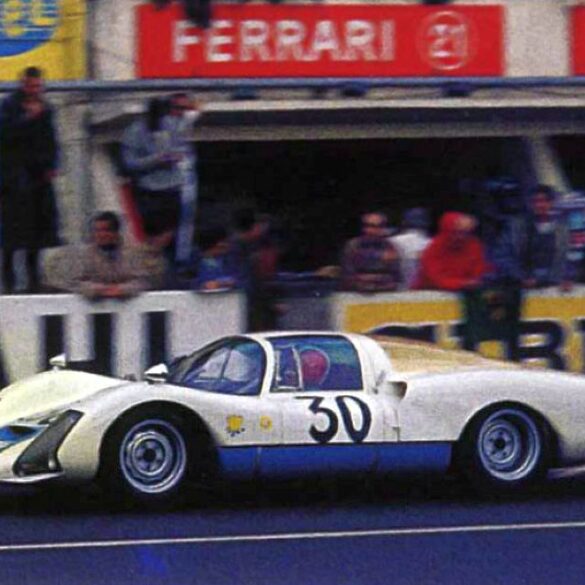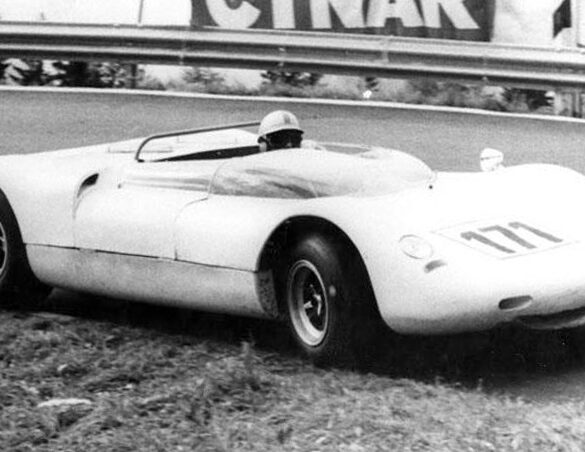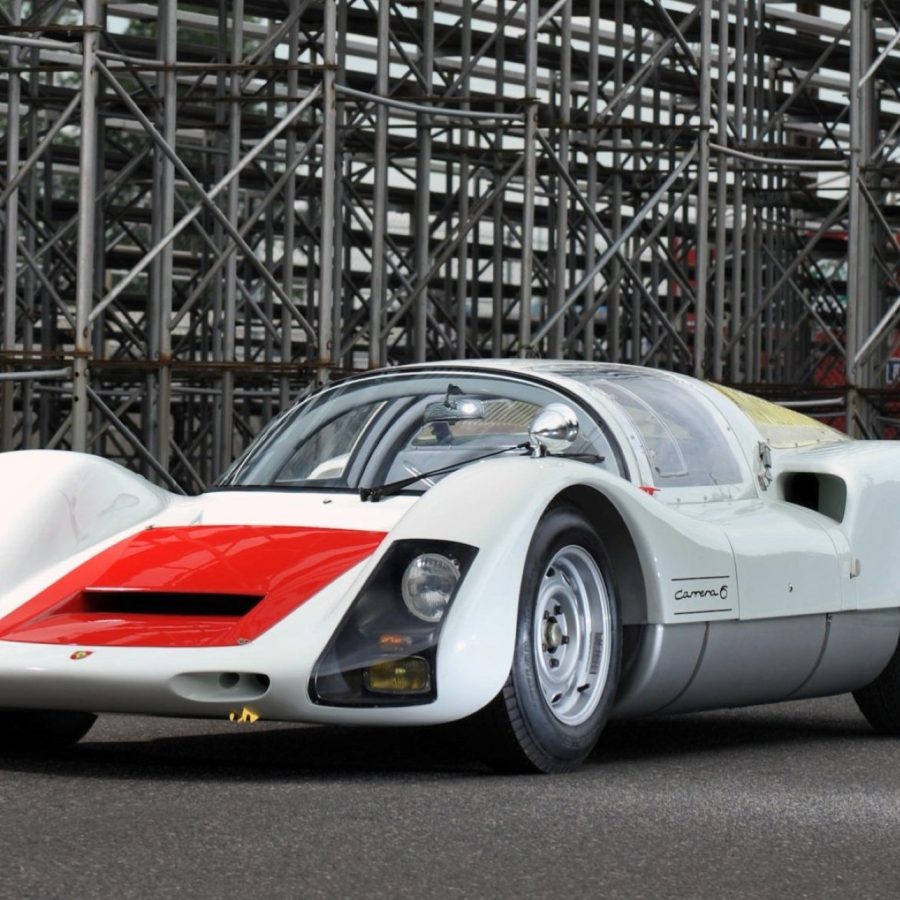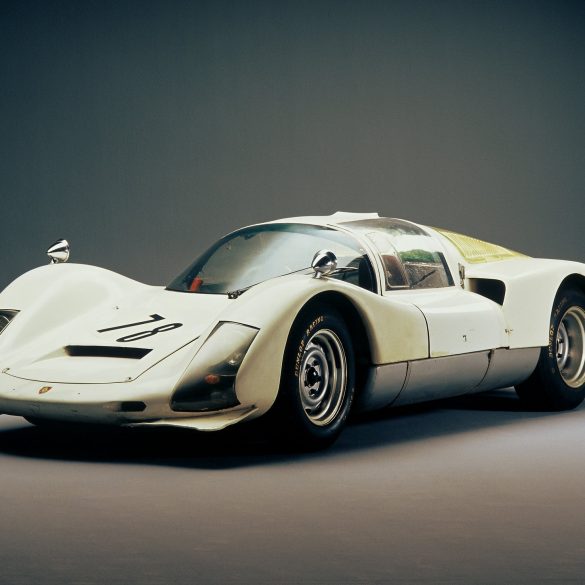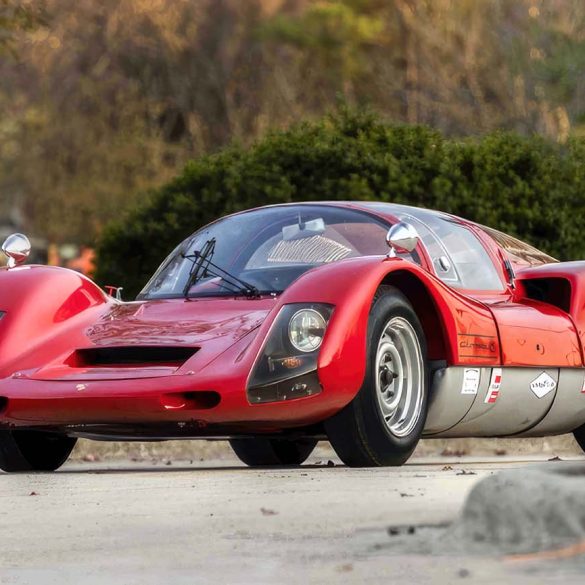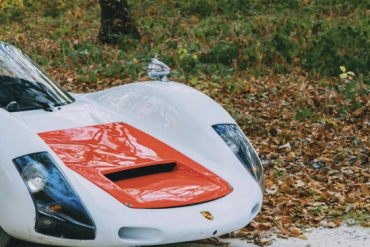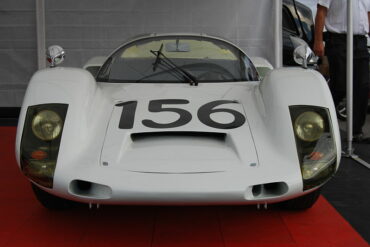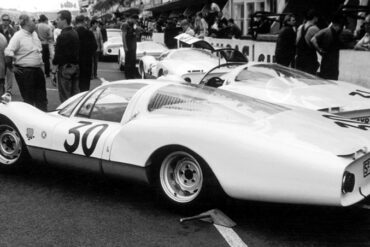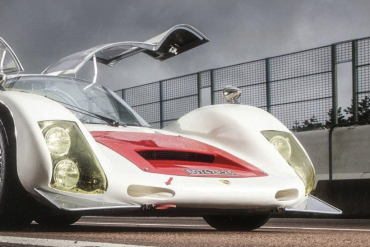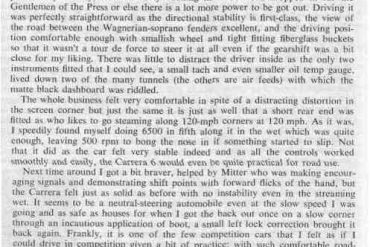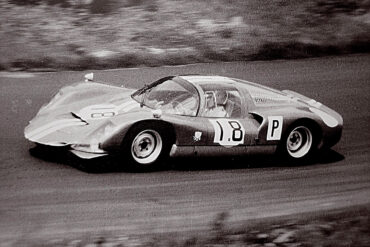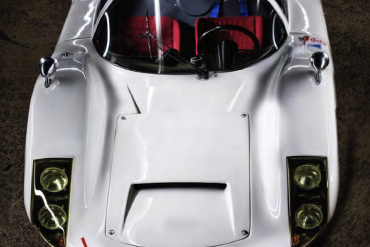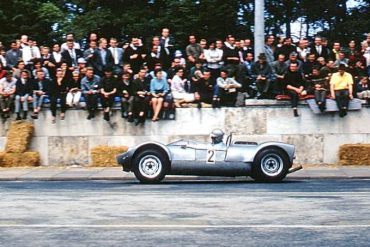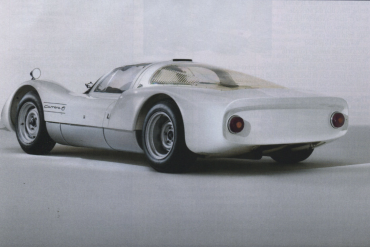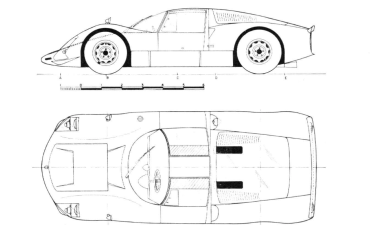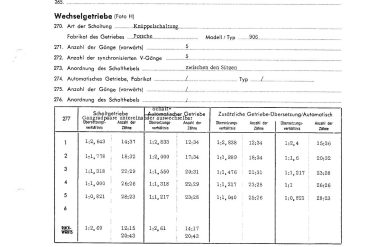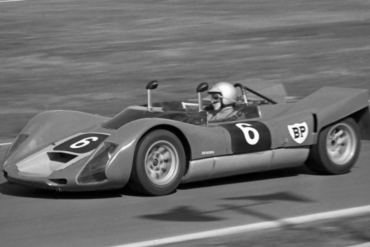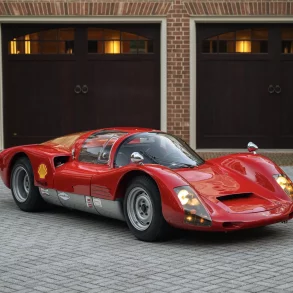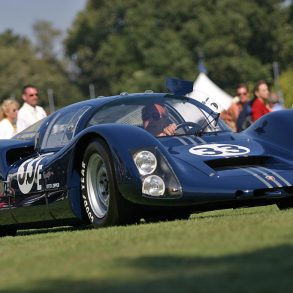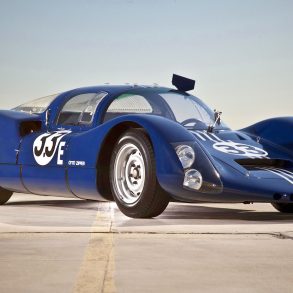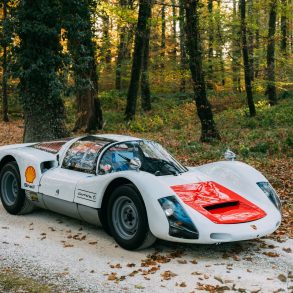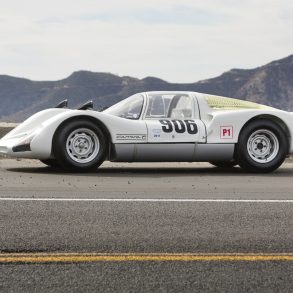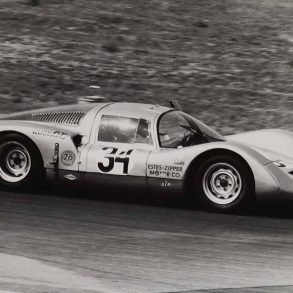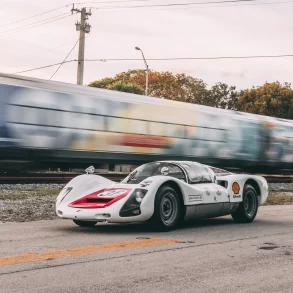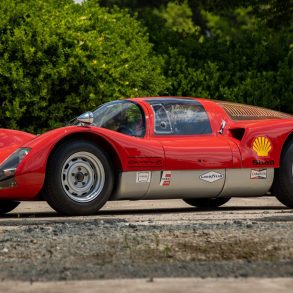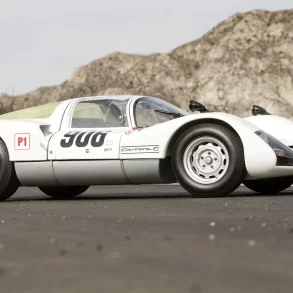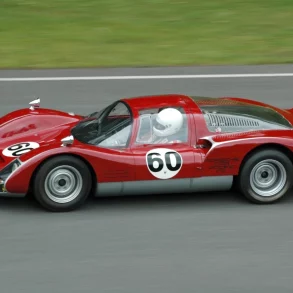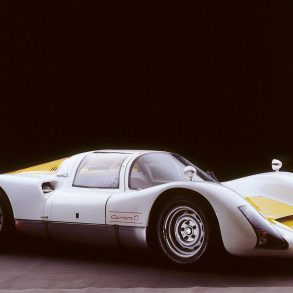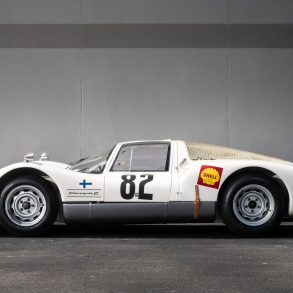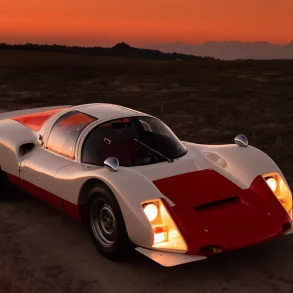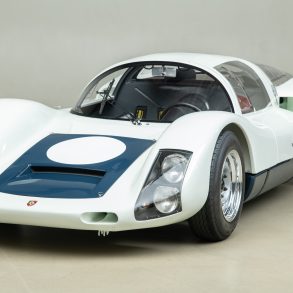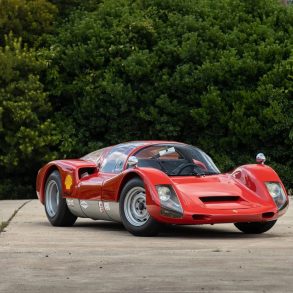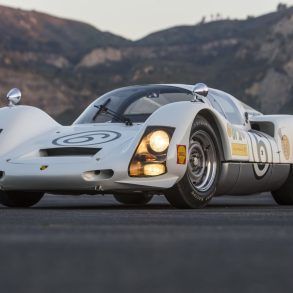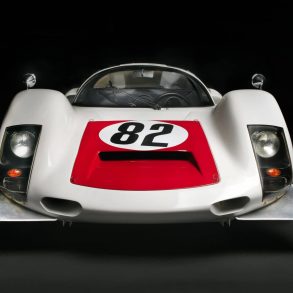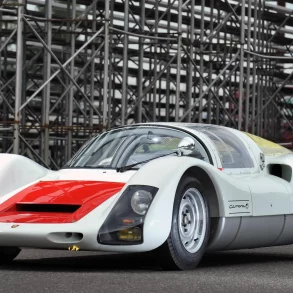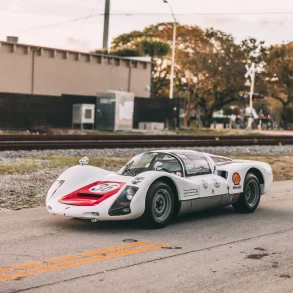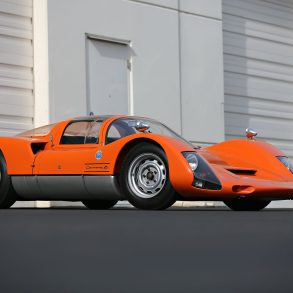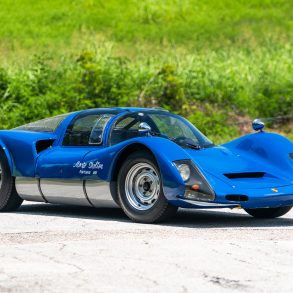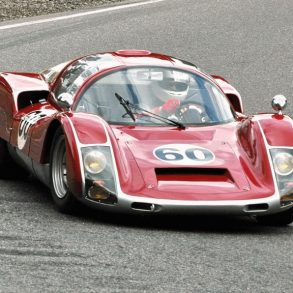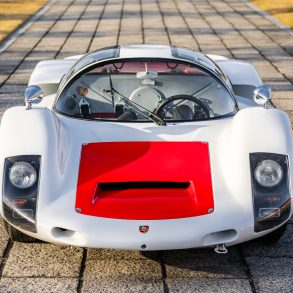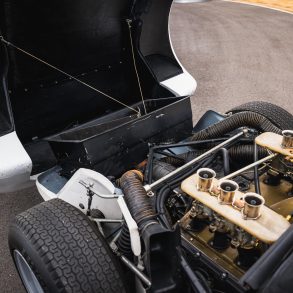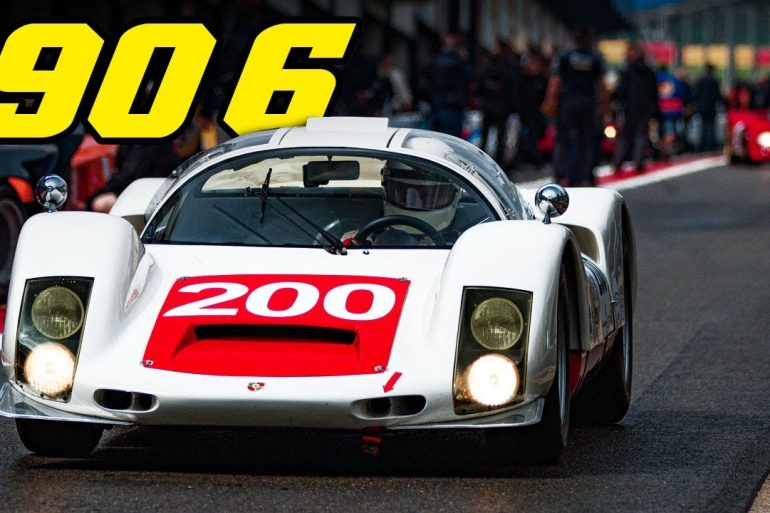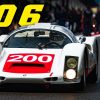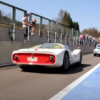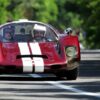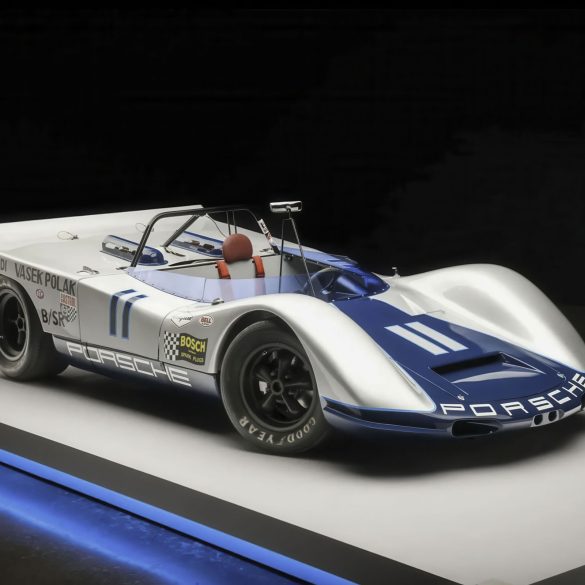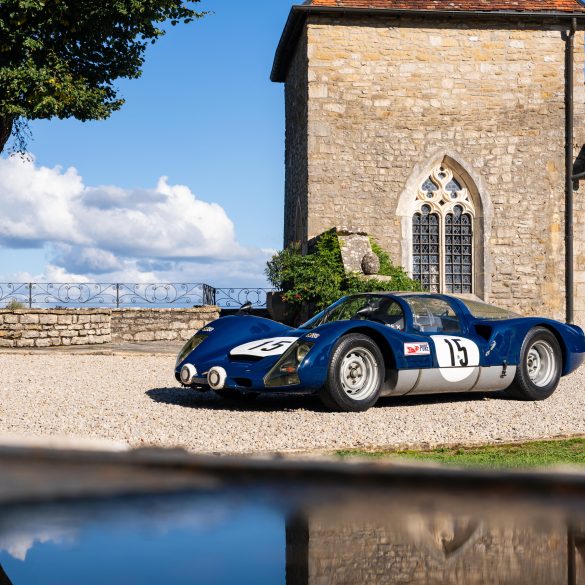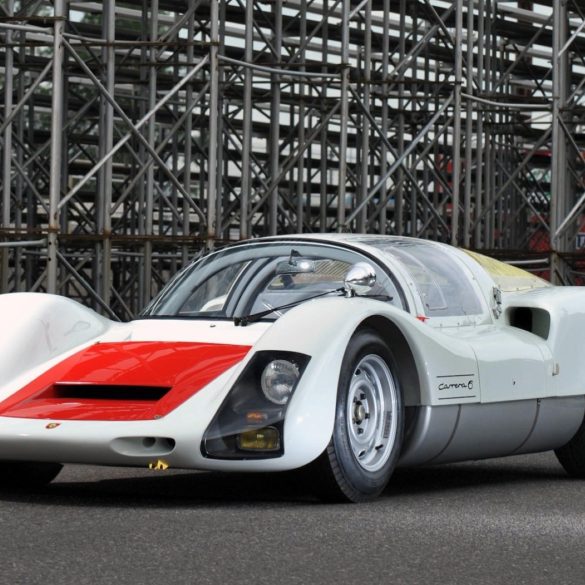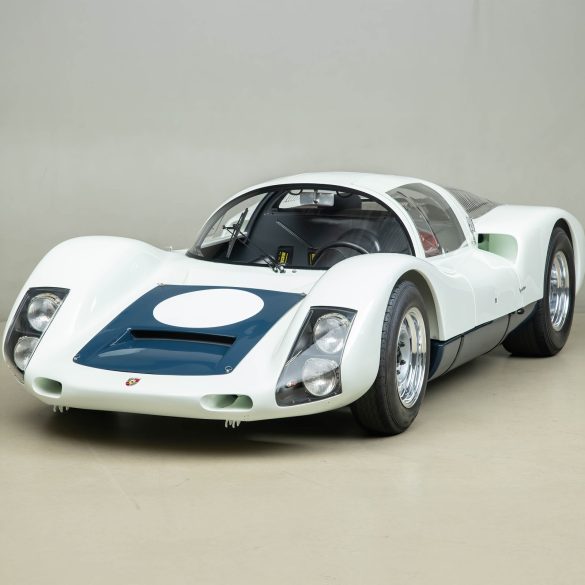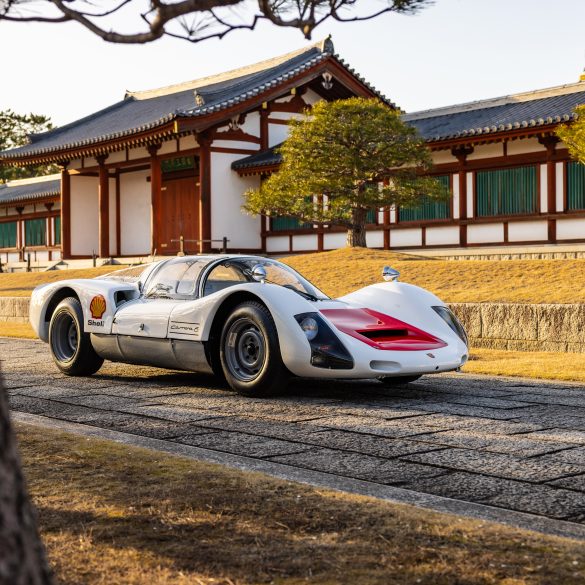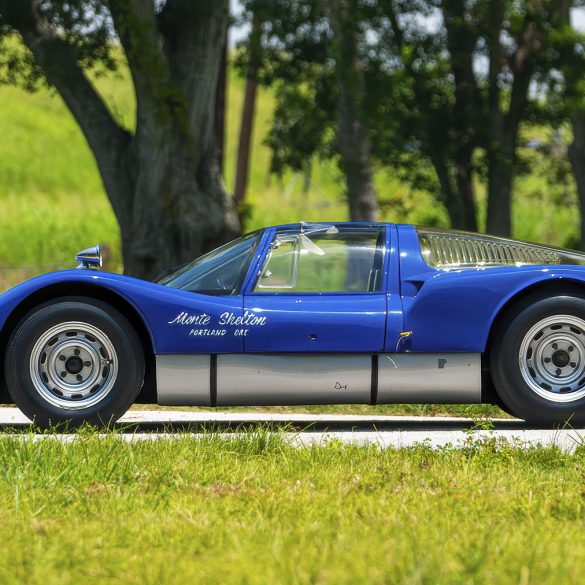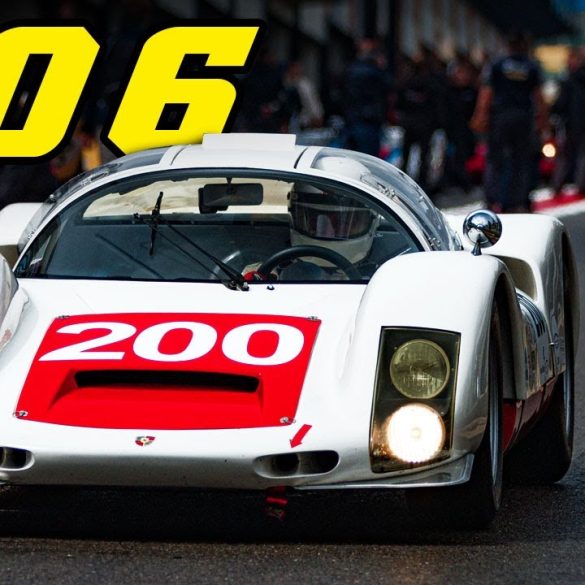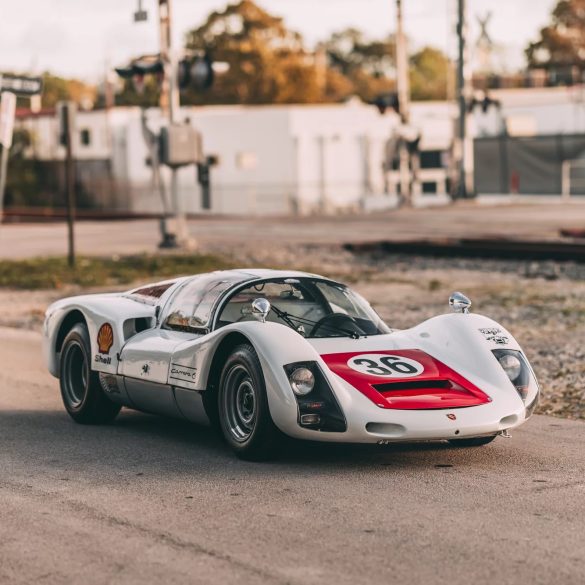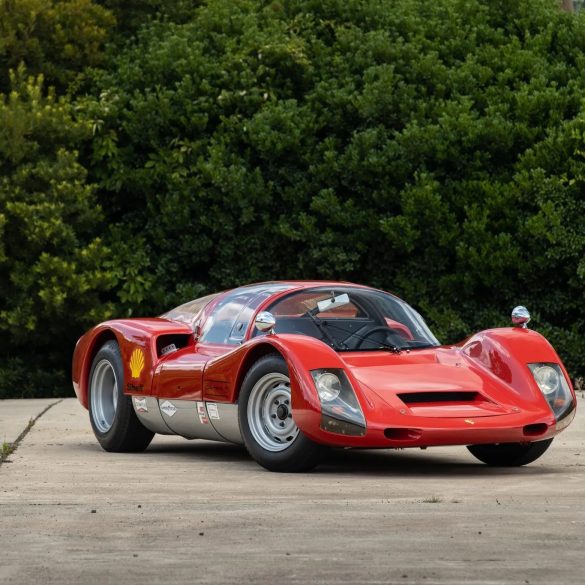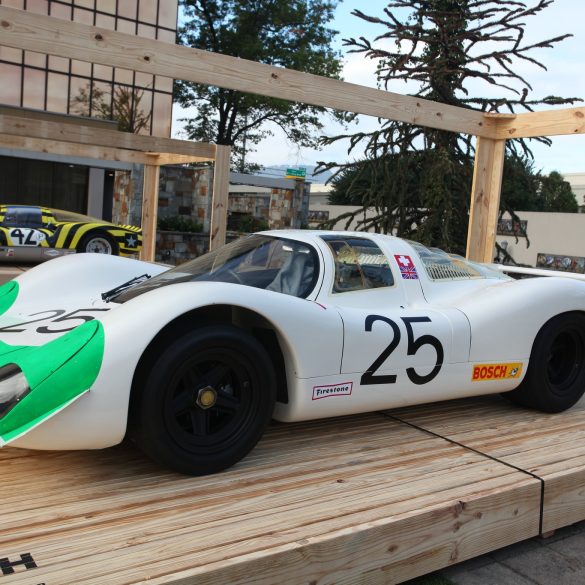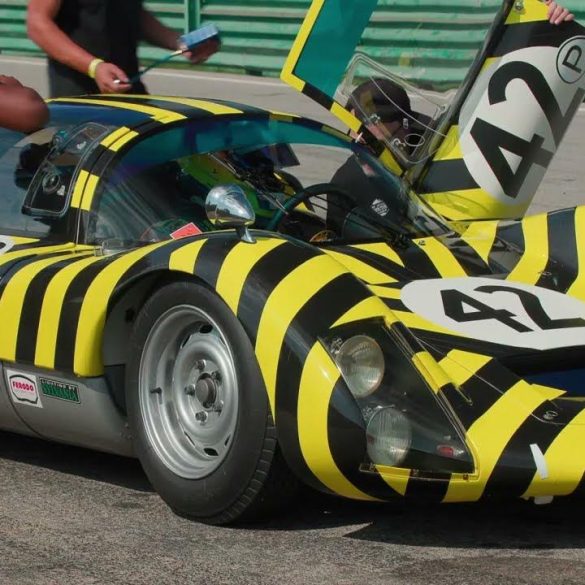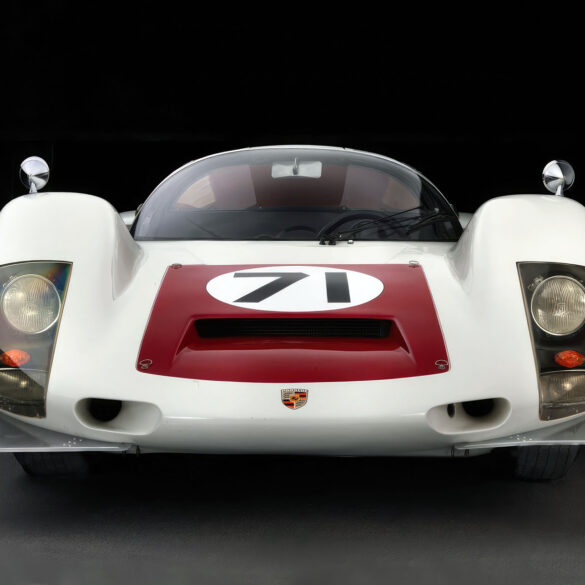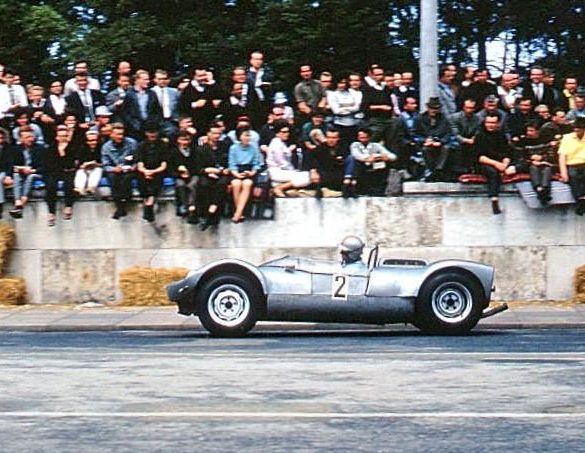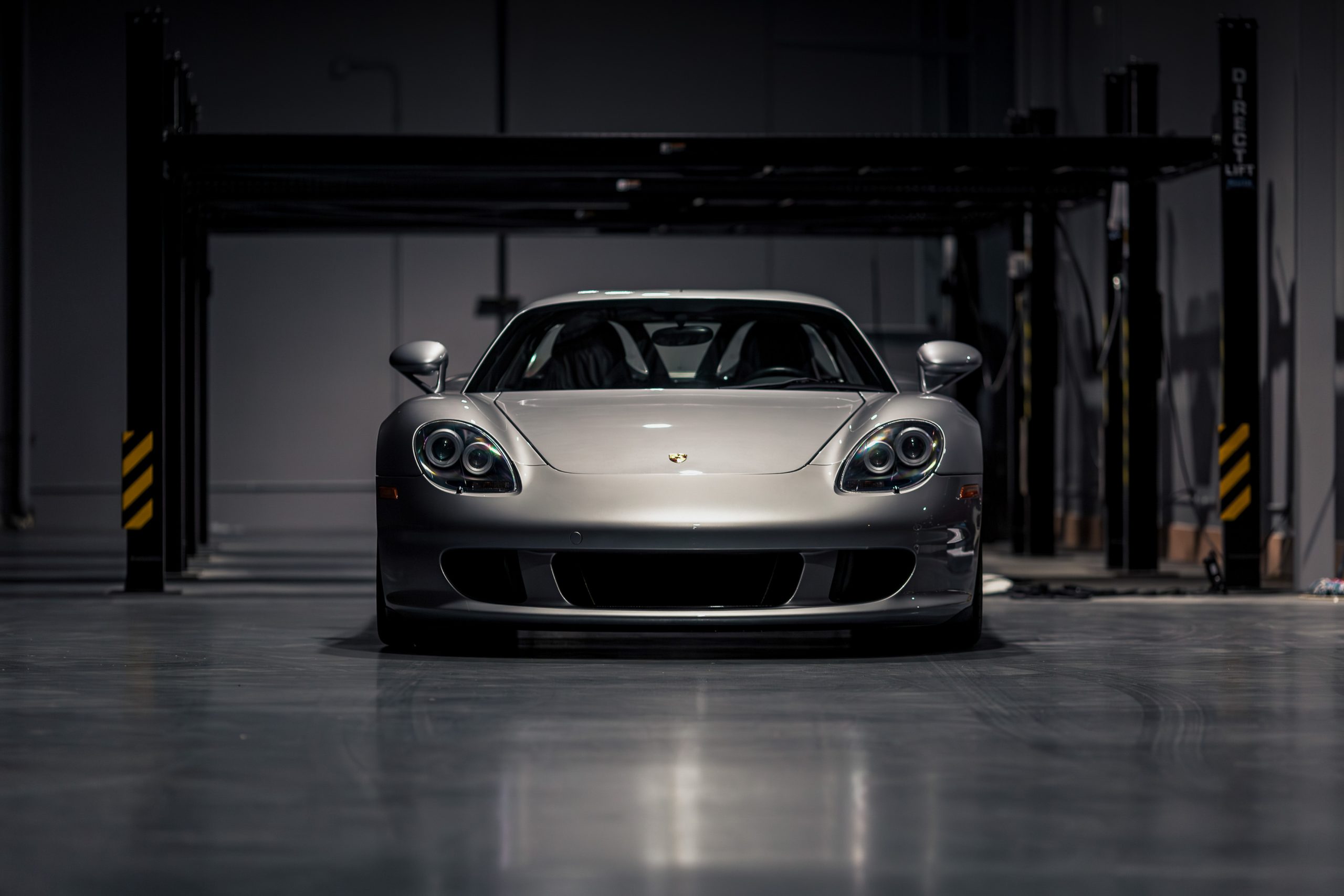Porsche 906 - The Ultimate Guide
Boundary-Breaking Purebred Endurance Racer
Model Guides / Featured Stories / Specs & Performance / Research & Data / Pictures & Videos / FAQs / News & Updates
Porsche 906 Basics
Manufacturer: Porsche
Production Years: 1965-1966
Production: ~ 68 units
Assembly: Germany: Stuttgart
Body style: 2-door coupe, 2-door roadster (Bergspyder)
Layout: Rear mid-engine, RWD
Engines: 6-cylinder boxer (four-stroke), 8-cylinder boxer (four-stroke)
Wheelbase: 90.5 in (2,300 mm)
Predecessor: Porsche 904
Successor: Porsche 910
The Porsche 906—also known as the Carrera 6—marks a pivotal moment in Porsche’s motorsport history. Like the 904, the Porsche 906 was to receive homologation for the sports car class of the sports car world championship. The 906 was produced for the 1966 World Championship of Makes. It was designed for the FIA’s Group 4 regulations, whilst modified variants of the car, using larger engines and/or cut-down Spyder bodywork, were entered in Group 6, the Sports Prototype category.
Debuting in 1966, it was the last street-legal racing car Porsche built with direct input from Ferdinand Piëch, and it served as a bridge between the early privateer-friendly racers and the full-fledged factory prototypes that would dominate endurance racing in the years to come. With its sleek, low-slung body and cutting-edge design, the 906 captured the spirit of a company pushing the boundaries of innovation and performance.
The 906 became the last street-legal ‘pure’ racer built by Porsche. It replaced the successful ladder frame chassis’ 904 and was the first substantial product of Technical Director Ferdinand Piech’s new team. What made the 906 so groundbreaking was its purposeful engineering. The new 906 featured a modern multi-tubular spaceframe chassis, with an unstressed fibreglass body. The initial batch of 50 Porsche 906/Carrera 6 Coupes offered light weight, circa 1,300 lb (580 kg) a saving of around 250 lb (113 kg) compared to the similarly-engined 904/6. The Porsche 901/20 6-cylinder lightweight racing engine was standard equipment, offering circa 220bhp on Weber carburetors. A handful of factory-entered works cars were powered either by fuel-injected versions of the 6 cylinder engine, or the flat-8 derived from Porsche’s F1 program, both engines air cooled of course.
But it wasn’t just about straight-line speed—the car's mid-engine layout, superior aerodynamics, and balance made it a formidable force on twisty circuits. It was also modular, capable of being outfitted with different engines, including the flat-eight for hill climbs and special events.
The 906’s racing pedigree was instantly validated. It scored class wins at the 24 Hours of Le Mans, Daytona 24 Hours, and Targa Florio, going head-to-head with the likes of Ferrari and Ford. It was a dominant force in its 2.0-liter class and a critical stepping stone that helped Porsche transition from clever underdog to endurance racing titan. Its combination of speed, agility, and efficiency exemplified Porsche’s philosophy: win through precision, not brute force.
In this ultimate guide, we explore everything that makes the Porsche 906 a motorsport icon—from its bold design and technical achievements to its legacy on the world’s toughest racetracks. Whether you're captivated by its engineering, inspired by its racing success, or simply in awe of its sculpted silhouette, the 906 remains a shining symbol of Porsche's relentless pursuit of excellence.
Porsche 906 Specifications & Performance
Below we have outlined a basic overview of some key specifications for the Porsche 906 models.
Porsche 906 Data & Research
We dig into some of the data surrounding the Porsche 906, including production numbers, specifications, chassis numbers and much more.
Porsche 906 Pictures, Galleries & Wallpapers
The Porsche 906 is one of the sexiest race cars and these picture galleries show you some of the amazing details
Porsche 906 Videos
Watch our curated collection of Porsche 906 videos, featuring thrilling race footage, expert insights, and rare behind-the-scenes looks at this legendary endurance machine in action.
Porsche 906 FAQs
Find answers to the most frequently asked questions about the iconic Porsche 906, covering its history, specifications, racing legacy, stories and more.
What is the price of a Porsche 906 today?
Today, an original Porsche 906 (Carrera 6) typically commands a price in the range of $2 million to $3 million, depending on factors such as its condition, originality, racing history, and provenance. Cars with notable competition success—particularly those with Le Mans or Targa Florio pedigree—can fetch even higher figures at auction.
Due to its rarity (only 65 units were built in 1966), technical significance, and role in Porsche’s transition to prototype racing dominance, the 906 is highly sought after by collectors and historic racers alike. Its combination of lightweight engineering, timeless design, and motorsport pedigree makes it a blue-chip classic in the vintage racing world.
What kind of horsepower did the Porsche 906 have?
The Porsche 906 was typically equipped with a 2.0-liter flat-six engine derived from the 911, producing around 210 to 220 horsepower in its standard configuration. This engine featured mechanical fuel injection and was tuned specifically for endurance racing, delivering strong performance with high reliability.
In some racing variants, the 906 was fitted with larger and more powerful engines, including the 2.2-liter flat-eight (borrowed from Porsche’s F1 program), which could produce up to 275 horsepower. These versions were used in hill climbs and specific high-speed events where additional power was needed.
Thanks to its ultra-lightweight fiberglass body and advanced aerodynamics, even the standard 906 with 220 hp could reach speeds of over 170 mph (273 km/h), making it a formidable competitor in the mid-1960s endurance racing scene.
What was so special about the Porsche 906?
The Porsche 906—also known as the Carrera 6—was special because it marked a turning point in Porsche’s evolution from a clever underdog to a world-class force in endurance racing. Introduced in 1966, the 906 was the first Porsche race car fully developed under the direction of Ferdinand Piëch, and it showcased the brand's growing obsession with weight reduction, aerodynamic efficiency, and engineering precision.
One of its most remarkable features was the fiberglass body, a first for Porsche. It was hand-laid over a lightweight tubular spaceframe, resulting in a car that weighed just 1,300 pounds (about 580 kg). This ultra-lightweight construction, combined with a low-slung, wind-cheating design, allowed the 906 to reach over 170 mph despite producing just 210–220 horsepower from its 2.0-liter flat-six engine. Its exceptional balance, handling, and efficiency made it a weapon on twisty circuits and long-distance races alike.
The 906 was also incredibly versatile. It could be fitted with different engines—including a flat-eight for special events—and was street-legal in many cases, blurring the lines between road and race car. It scored class victories at major events like Le Mans, Daytona, and the Targa Florio, consistently outperforming larger, more powerful rivals from Ferrari and Ford.
Ultimately, the Porsche 906 was a bold step forward. It combined cutting-edge materials, innovative design, and motorsport success into a package that set the tone for decades of Porsche racing dominance. It wasn’t just a car—it was a statement of intent, and one that helped shape Porsche’s identity as the master of precision performance.
What was the top speed of the Porsche 906?
The Porsche 906 had an impressive top speed of approximately 170 mph (273 km/h), depending on the configuration and gearing. This was achieved thanks to its ultra-lightweight fiberglass body, aerodynamic shape, and mid-mounted 2.0-liter flat-six engine producing around 220 horsepower.
Some variants fitted with more powerful engines—like the 2.2-liter flat-eight—could reach even higher speeds, especially in hill climbs or high-speed circuits. For a 2.0-liter car in the mid-1960s, the 906’s top speed was remarkable and a testament to Porsche’s focus on efficiency, weight reduction, and wind-cheating design.
What kind of racing success did the Porsche 906 have?
The Porsche 906 (Carrera 6) enjoyed tremendous racing success in the mid-1960s, establishing itself as a dominant force in endurance racing and solidifying Porsche’s reputation on the world stage. Though it competed in the 2.0-liter class, the 906 frequently outperformed more powerful rivals from Ferrari and Ford, thanks to its lightweight construction, agile handling, and bulletproof reliability.
In 1966, its debut year, the 906 made an immediate impact with a class win and 4th overall at the 24 Hours of Daytona, competing alongside much larger and more powerful prototypes. It followed this with a class victory at the 12 Hours of Sebring and continued its momentum with strong performances across Europe. One of its most iconic moments came at the Targa Florio, where the 906 took 1st and 2nd overall, defeating Ferrari’s much more powerful entries on one of the world’s most demanding road courses.
The 906 also performed admirably at Le Mans, securing a class win and placing 6th overall in the 1966 running of the 24-hour classic. In total, the 906 claimed over 50 international victories in its competitive lifespan, often with privateers behind the wheel—showcasing its versatility, accessibility, and sheer competitiveness.
What made the 906 so successful wasn’t just raw speed, but a formula that would define Porsche’s racing philosophy: lightweight engineering, aerodynamic efficiency, and mechanical reliability. It laid the foundation for future prototypes like the 907, 908, and ultimately the 917, making it a critical stepping stone in Porsche’s legendary racing dynasty.
What other name did the Porsche 906 have?
The Porsche 906 is also widely known by its alternate name: the Porsche Carrera 6.
The "Carrera" name was a nod to Porsche’s success in the Carrera Panamericana races of the early 1950s, and the “6” referred to its six-cylinder flat engine. While "906" was the factory designation used internally and in engineering circles, Carrera 6 was often used in marketing and by the press, especially in the U.S. and among privateer racing teams.
Both names refer to the same car, and today, enthusiasts and collectors use them interchangeably.
Join Our Porsche Community
Sign up for our weekly Porsche newsletter. The latest Porsche news, rumors, reviews and more delivered to your inbox. Cool Porsche stuff perfect for the flat-six obsessed.


